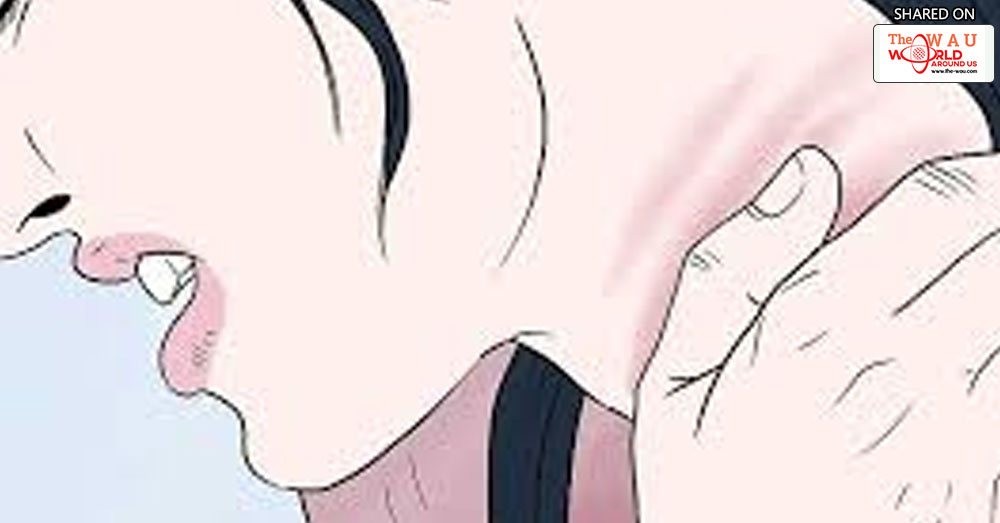Watch Out, You May Have One Of These Signs of Leukemia And You Just Keep Ignoring It
Leukemia is known as a blood cancer, which affects the white blood cells in your body that is usually in charge of battling against infections and diseases.
Those people who are suffering from leukemia have tainted white blood cells that crowd out the healthy cells and may cause a serious problem. Leukemia can actually grow fast or slow and there are few kinds of it.
Alertness while waiting may be a choice for some people with a chronic leukemia who do not have symptoms. This includes close monitoring of the illness so that the treatment can start when the symptoms already develop.
Waiting allows the patient to prevent or postpone the side effects of the treatment. The risk of waiting is that it may eventually eliminate the possibility of controlling the leukemia before it actually worsens.
There are numerous and different medical approaches in order to treat leukemia. Treatment will commonly depend upon the kind of leukemia.
Treatments for leukemia may include chemotherapy, radiation therapy, biological therapy, targeted therapy, as well as stem cell transplant. Mixture of these treatments can also be used.
Martha Wagleigh, M.D., a clinical director of the Adult Leukemia Program at Dana-Farber Cancer Institute have said, “For adults, the usual age for leukemia onset is anywhere at the age of 50 to 70.”
Meredith Barnhart, MS of the Leukemia and Lymphoma Society’s Information Resource Center have said, “The symptoms depend in the subtype,” subtypes of leukemia are defined on which type of blood cells mutate and also how early in the cell production process mutation takes place.
But there are some overlapping symptoms that tend to show up among those people who are suffering from the more usual types of adult leukemia.
HERE ARE THE LEUKEMIA SYMPTOMS THAT YOU HAVE TO WATCH OUT:
PALE SKIN
Barnhart have explain, “When leukemia develops, new blood cells that have been damages by cancer can overtake the bone marrow, thus it will be tough for the healthy cells to grow.” She added that, “Due to the fact that you only have several healthy cells, you may eventually develop anemia that could result to pale skin.” Anemia could also cause your hands to feel cold all the time according to some experts.
FATIGUE
Fatigue is a usual symptom of leukemia according to Wadleigh. If you are feeling wiped out most of the time, and especially if you lack or energy is an obvious change from how you used to feel, instantly tell the doctor. Anemia may also be to blame for your fatigue.
INFECTIONS OR FEVERS
Your blood cells are essential properties of your immune system. If they are unhealthy, just like the cases in leukemia, you can expect to get sicker frequently. According to Wadleigh, “Both of infections or fever is one of the most usual symptoms we see.”
SHORTNESS OF BREATH
Along with the feeling of exhausted of energy, shortness of breath is something that you have to your eye on, according to Barnhart. Particularly during physical activity, if you have actually noticed that you are out of breath and that breathlessness looks like a change from what you are used to, you will want to let your doctor know about it.
SLOW HEALING
If your cuts and scrapes take a lot of time just to heal or you feel like you bruise most of the time, these kinds of symptoms could indicate the types of blood cells shifts linked with leukemia according to Barnhart. Wadleigh adds, “Small red dots on your skin, which is a condition that is called as petechiae could also lead to leukemia. It appears on the lower extremities.”
OTHER SYMPTOMS
While not as usual as the five symptoms that was mentioned earlier, night sweats and achy or painful joints are also connected to leukemia according to Barnhart.
Wadleigh adds, “Weight loss may or may not be a symptom, depending on the subtype. There are also nose bleeds, swollen or enlarged lymph nodes, as well as fever or chills as possible symptoms.”
Share This Post















